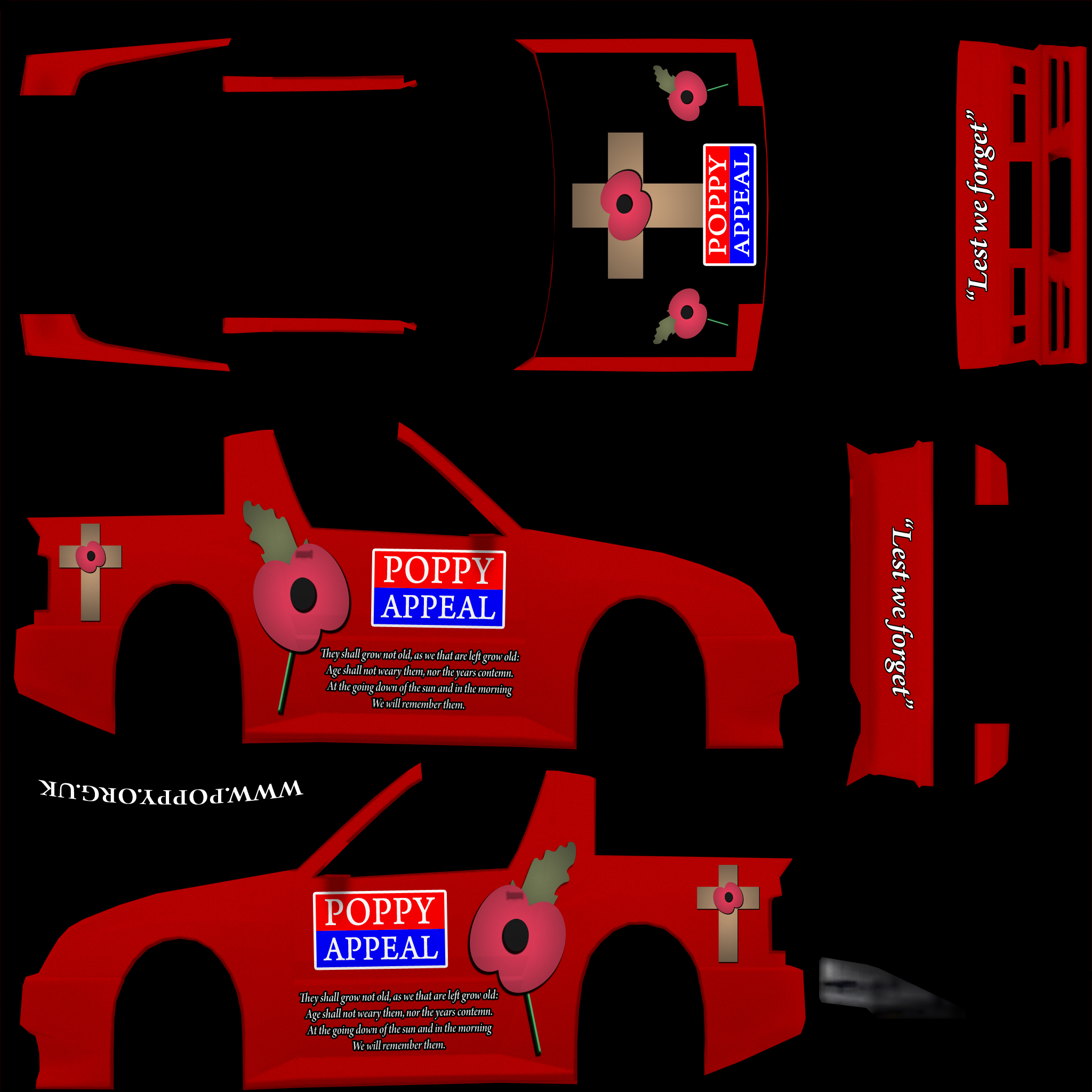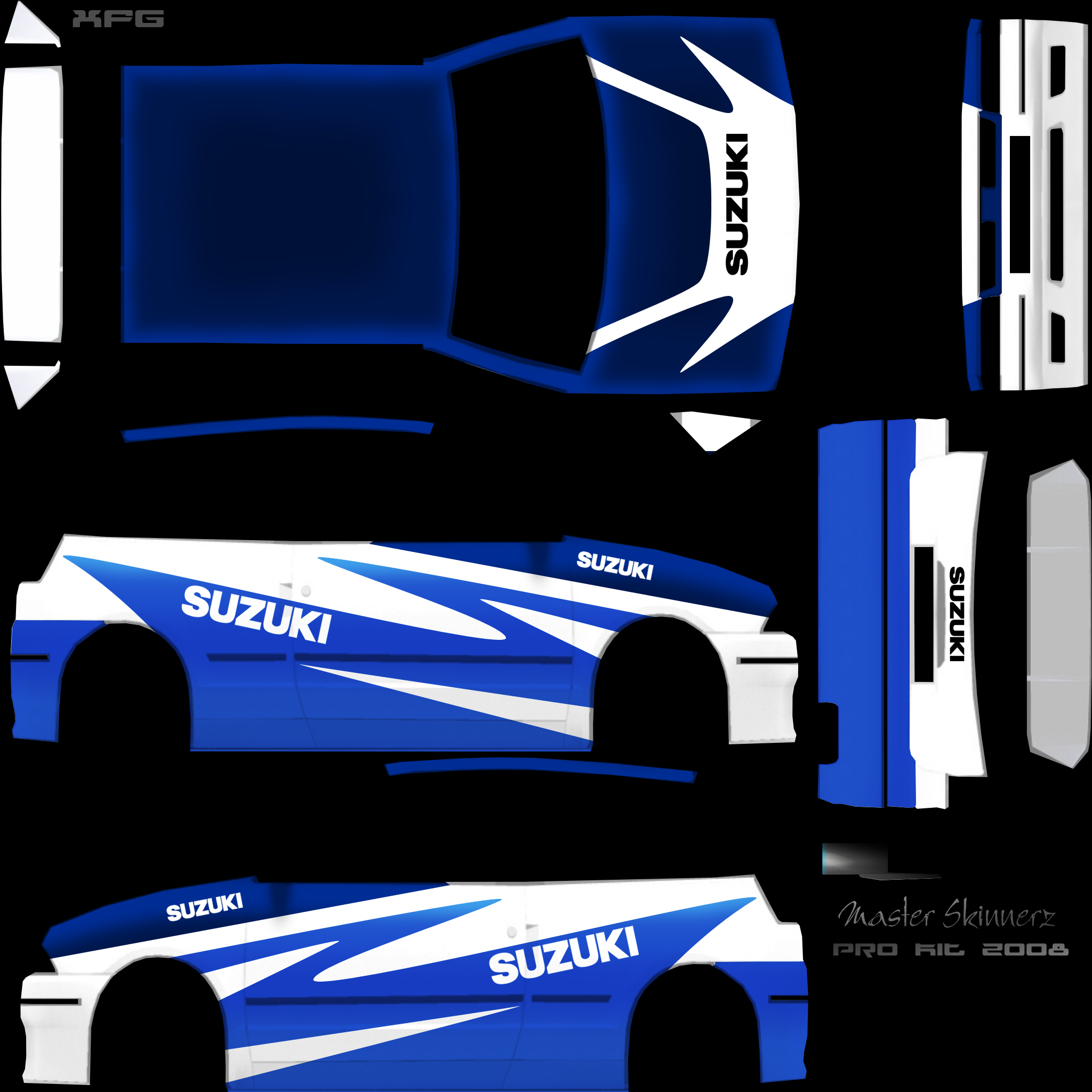

Chantada 8ġHospital Escuela, Oncology, Tegucigalpa, Honduras 2Hospital La Mascota, Oncology, Managua, Nicaragua 3UNOP, Oncology, Guatemala, Guatemala 4Hospital Infantil Reid Cabral, Oncology, Santo Domingo, Dominican Republic 5Hospital Bloom, Oncology, El Salvador, El Salvador 6Hospital de San Pedro Sula, Oncology, San Pedro Sula, Honduras 7St Jude Children's Research Hospital, Oncology, memphis, USA 8St Jude Children's Research Hospital, International Outreach, Memphis, USAīackground/Objectives: Treatment of mature B-cell malignancies in lower-middle income countries is challenging because of increased risk of toxicity associated with advanced disease at presentation and limited supportive care. A Report of the Cooperative Group AHOPCAĪ. AW-02 Treatment Results of a Strategy for the Management of Mature B-Cell Malignancies in Central America. Propofol has a significantly faster onset, quicker recovery, smoother emergence from sedation, but at the recommended initial doses it provides inadequate sedation. Emergence symptoms were experienced by 38 patients in-group A and 7 in-group B ( p=0.000).Ĭonclusions: Ketamine-Midazolam combination appears to be safer and more effective when used by non-anaesthesiologists. Mean time to recovery in-group B was shorter than in-group A ( p=0.000).

Mean depth of sedation in-group A was greater than in-group B ( p=0.000). Transient drop in saturation was noted in 10 patients in-group A and in 20 in-group B (p=0.174). Mean heart rate in-group A was higher ( p=0.000). Mean time to sedation in-group B was shorter ( p=0.000). Thirteen in group A and 51 in-group B required top up sedation. Nine patients had failure of sedation (all in Group B). Results: A total of 152 patients were enrolled (Group A: 76, Group B: 76). Time to sedation, dose required, depth of sedation (using Modified Ramsey scale), vital parameters, time and smoothness of recovery and emergence phenomenon were documented. Initial doses used were, ketamine at 2mg/kg, midazolam at 0.2 mg/kg and propofol at 2.5mg/kg as per standard recommendations. Patients were randomized using computer generated randomization tables after obtaining written consent. Children aged 1-12 years requiring intravenous sedation for intrathecal chemotherapy were included. Objective is to compare ketamine+midazolam (Group A) and propofol (Group B) as sedative agents for intrathecal chemotherapy.ĭesign/Methods: A partially-blinded, RCT was conducted between July 2015-February 2017 after institutional ethics approval. This is especially important for developing countries where due to limited resources non-anesthesiologists (trained pediatricians) usually perform the procedural sedation. However, there are no prospective, randomized comparative trials (RCT) comparing them.

Mahajan 1ġIndraprastha Apollo Hospital, Pediatric Hematology Oncology, Delhi, India 2Indraprastha Apollo Hospital, Pediatrics, Delhi, Indiaīackground/Objectives: Both ketamine-midazolam and propofol are frequently used in pediatric-oncology units for procedural sedation.

#LFS XRG SKIN TEMPLATE .PSG TRIAL#
SIOP Awards AW-01 Procedural Sedation in Pediatric Oncology by non Anaesthesiologists- A Randomized Comparative Trial of Ketamine - Midazolam Combination vs Propofol


 0 kommentar(er)
0 kommentar(er)
